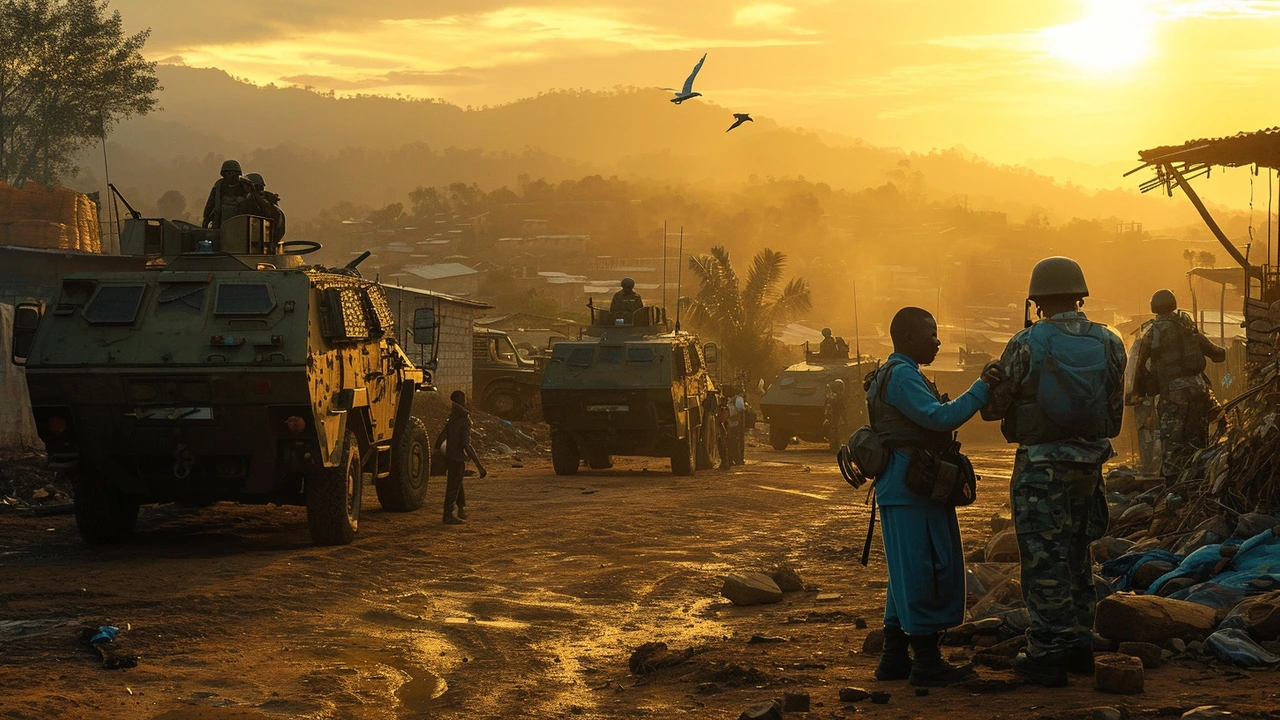Bravery in conflict resolution isn’t just about dramatic rescues or soldiers charging forward. Often it’s quiet, steady courage: a mediator staying at a negotiation table while bullets fly outside, a peacekeeper walking into a tense neighborhood to check on civilians, or a local leader refusing to fuel revenge. These acts matter because they create space for talks, protect people, and keep hope alive when everything else feels lost.
Think of a peacekeeper patrolling between rival groups to make sure aid gets through. That’s practical bravery — exposure to danger to keep others safe. Or picture a negotiator who listens to both sides and refuses to take the easy, biased route. That kind of moral courage can stop cycles of retaliation. Brave acts also include smaller, everyday choices: a teacher protecting students during a shutdown, a doctor staying to treat the wounded, or a journalist reporting truth despite threats. Those choices reduce harm and keep basic services running.
Bravery doesn’t mean acting alone. It often shows up as teamwork: units that plan safe aid deliveries, community elders who vouch for warring neighbors so talks can begin, or NGOs that coordinate evacuations under fire. Training, clear rules of engagement, and trust between groups turn individual courage into real protection for communities.
When people see someone willing to take risks for others, trust grows. Trust lets negotiators get honest answers, lets civilians feel safe enough to return home, and lets local institutions rebuild. Bravery breaks immediate violence and opens the door to longer work: reconciliation, justice, and rebuilding. It also shifts the conversation from “who wins” to “who survives and rebuilds,” which changes incentives for fighters and leaders.
Another key: visible acts of protection can change outside support. When international teams see effective, brave local partners, they are more likely to provide funding, training, and pressure for political solutions. Examples and stories matter — they motivate donors, influence policy, and inspire other brave actions.
Want to support brave people without being on the front lines? Share verified stories so their work gets attention. Support vetted charities that train and equip peacekeepers, medics, and local negotiators. Push your representatives to fund conflict prevention and protection programs. Even simple steps — donating to emergency relief, signing petitions for protection corridors, or amplifying eyewitness accounts — help create safer spaces for courageous actors to work.
On Peacekeeping News Hub you’ll find interviews, mission analysis, and personal stories that show bravery in action. Read first-hand accounts, learn practical protection strategies, and find ways to help. Bravery in conflict resolution isn’t a single hero moment — it’s the steady, risky work that makes peace possible.

Hey there, I'm just a gal who's always been captivated by the daring spirits of those unsung heroes—peacekeepers. You know, they step into the chaos, where uncertainty lurks at every corner, and still, they carry this unwavering resolve to sow seeds of peace. It's like they've got this invisible armor made of pure courage. So, I decided to share their often overlooked tales, giving you a glimpse into their world where every day is a tightrope walk between danger and hope. They're the embodiment of bravery, and I believe their stories can inspire us all to spread a little more peace in our own corners of the world.
